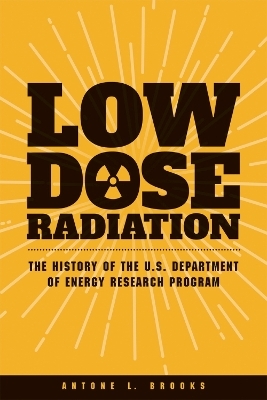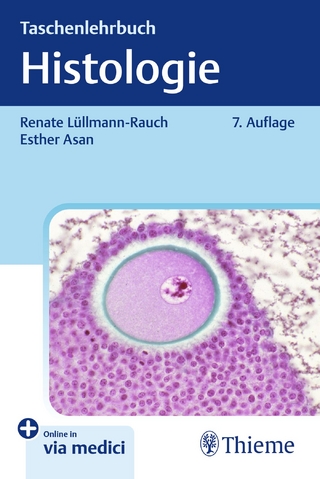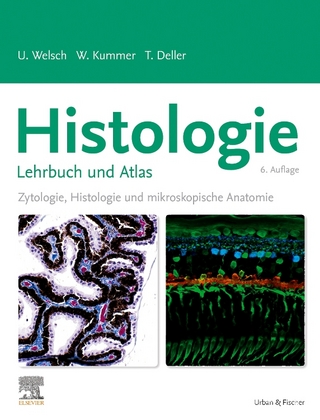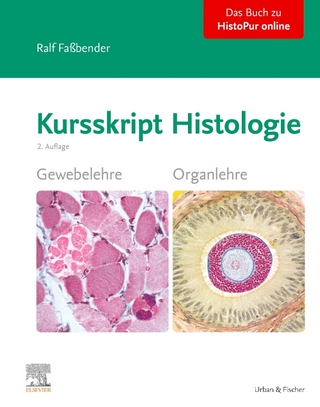
Low Dose Radiation
Washington State University Press (Verlag)
978-0-87422-354-5 (ISBN)
- Titel nicht im Sortiment
- Artikel merken
The findings were startling. At low doses, biological reactions are unique and often unrelated to those that occur at high doses. The hugely influential linear-no-threshold model--which predicted that damage from acute exposures can be extrapolated linearly to low dose exposures--was flawed. In fact, small doses of radiation can have an adaptive protective effect. "Hit theory," the idea that radiation only affected cells it directly traversed, yielded to a new "bystander theory," which hypothesizes that cells communicate with each other and a dose to one cell affects others surrounding it.
Low Dose Radiation tells the story of the DOE program's development, the scientists who made it viable, and the fundamental results, highlighting lessons learned--including how that knowledge might be useful in a nuclear event. It describes the impact on current thinking, summarizing the data and providing a scientific basis for setting radiation standards.
Antone L. Brooks, Research Professor Emeritus at Washington State University Tri-Cities, holds a Master of Radiation Ecology and a Ph.D. in Physical Biology. He has contributed to more than 150 professional papers.
Preface
Foreword, by Gayle Woloschak
Summary
Acronyms and Abbreviations
Introduction
1. Life and Times of a Radiation Biologist2. A Brief History of Radiation Biology
3. The Birth of the DOE Low Dose Radiation Research Program
4. Early Observations and New Technology
5. Paradigm Shifts in Low Dose Radiation Biology and Application of Data
6. Biomarkers of Radiation Exposure and Dose
7. Mechanisms of Action
8. Modeling
9. Takin a Systems Biology Approach to Risk
10. Program Communication and Monitoring
11. Current and Potential Impact on Standards
12. Applying Lessons Learned to Future Direction
Epilogue
Appendices
A. BERAC Report Program Plan
B.First Call for Proposals
C. Dose Range Charts
References
| Erscheinungsdatum | 12.06.2018 |
|---|---|
| Verlagsort | Pullman, WA |
| Sprache | englisch |
| Maße | 152 x 229 mm |
| Gewicht | 499 g |
| Themenwelt | Studium ► 1. Studienabschnitt (Vorklinik) ► Histologie / Embryologie |
| Studium ► 1. Studienabschnitt (Vorklinik) ► Physiologie | |
| Naturwissenschaften ► Biologie ► Allgemeines / Lexika | |
| Naturwissenschaften ► Biologie ► Zellbiologie | |
| Naturwissenschaften ► Chemie ► Physikalische Chemie | |
| Naturwissenschaften ► Geowissenschaften ► Meteorologie / Klimatologie | |
| Naturwissenschaften ► Physik / Astronomie ► Atom- / Kern- / Molekularphysik | |
| ISBN-10 | 0-87422-354-7 / 0874223547 |
| ISBN-13 | 978-0-87422-354-5 / 9780874223545 |
| Zustand | Neuware |
| Haben Sie eine Frage zum Produkt? |
aus dem Bereich


